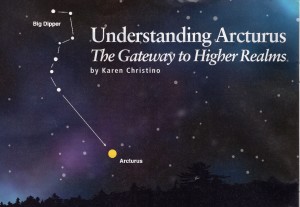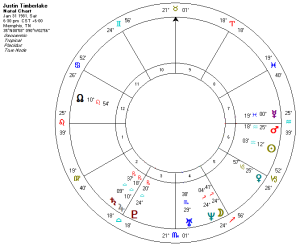My article, Understanding Arcturus: the Gateway to Higher Realms, appears in the April-June issue of Venture Inward. My research into the psychic Edgar Cayce’s readings on this star was illuminating and surprising. 
Cayce’s reports that Arcturus is a gateway to higher levels of consciousness and other dimensions are reiterated in many ways. The challenge in coming to an astrological interpretation based on Cayce’s material is that we are stuck here on three-dimensional Earth!
Below is an excerpt from my article. (Venture Inward magazine is available through membership in the A.R.E.)
Edgar Cayce mentioned the Star Arcturus in more than 30 of his psychic readings, beginning in 1928. New Age enthusiasts have championed Arcturus as a “gateway” to higher realms of consciousness that can have a profound effect on people’s lives. But what is Arcturus really all about? Why is it important? We have only to turn to the readings themselves to learn the answers to these questions.
In understanding Arcturus, it’s important to consider the readings’ repeated descriptions of the soul’s dwelling in other planetary spheres between earthly incarnations. Cayce in his trance state often spoke about astrology, and Cayce’s readings asserted that astrological aspects provide tendencies or inclinations only – the will or personal determination may surpass them. But the readings added a further dimension – the influence of the individual’s environment, including previous incarnations on the earth, as well as planetary sojourns. A planet’s theme may be accentuated in a person’s consciousness due to the fact that the soul had a past experience – an incarnation or sojourn – in that planetary sphere. (Reading 5733-3 gives a good overview of these concepts.)
Arcturus is a star and well outside of our planetary system, yet it somehow functions as a center for our sun and planets. As Cayce said in a reading,
Arcturus is that junction between the spheres of activity as related to cosmic force, and is that about which this particular environ or sphere of activity rotates… (263-15)
(To read about membership in Edgar Cayce’s A.R.E. or download an earlier issue of Venture Inward maggazine, click here.)


